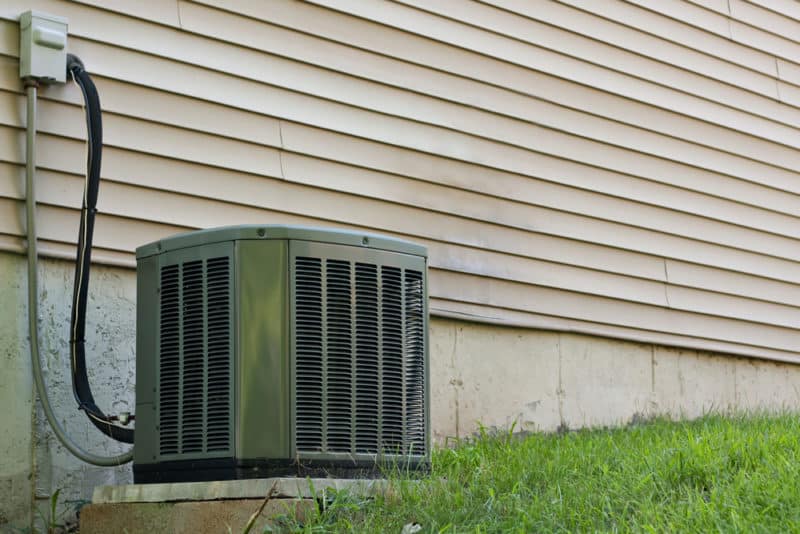Heat pumps, furnaces, and other HVAC systems have different capacities. Finding the correct size for your Hoover, Alabama, home’s heater or air conditioner is called load calculation. These calculations use specialized software to recommend the most efficient, comfortable option available. Choosing the best size for your heat pump or furnace is essential, and the experts at Total Comfort Heating & Air will help you consider a variety of factors.
Why Professional Sizing Is Important
Additional wear from a poorly sized system can shorten your HVAC system’s life, waste power, and lead to costly, inconvenient breakdowns. If your heat pump or furnace is too small, it may run constantly but still have trouble bringing your home to a consistent, comfortable temperature. A tell-tale sign of this is inconsistent warm or cold spots in your home.
If you system is over-sized you may also notice short-cycling. Powerful systems can heat your home quickly, so they don’t need to stay on long. They kick on whenever your house starts to get too warm or cool, but they don’t run long enough to control the humidity levels in your home very well. You might notice stale or musty smells, biological growth, or a variety of other issues. When heat pumps and furnaces turn on and off too often, temperature fluctuations increase as well, and your family won’t be able to stay as comfortable.
Manual J
Manual J, also called the Residential Load Calculation, is a set of guidelines the Air Conditioning Contractors of America created to help with load calculations. Manual J software considers the climate in the area and the type and amount of insulation in your home, along with its age. Other variables include the amount of shade outside, the size and number of your windows and doors, the number of people living in your house, its cubic footage, the number of floors, and more.
This is much more accurate than estimating the size required based on the cubic footage of your home alone. If you make changes like adding a new appliance, installing a skylight, or constructing an addition or a renovation, a professional can use Manual J to calculate the best size for your HVAC system and let you know if an upgrade is needed.
Manual D
Your ductwork needs correct sizing along with the rest of your HVAC system. The set of guidelines for ducts is called Manual D or Residential Duct Design. It uses many of the same variables as Manual J.
Ductwork that’s too large will make moving air through it fast enough to make you and your family comfortable a challenge. You will have increased utility bills, and a larger surface area to maintain means that leaks in your ductwork are more likely. Ducts that are too small may be noisy and your home will likely either be too cold or too warm. You can make sure your ductwork is the right size by having the airflow from your vents measured.
Heat Pump and Furnace Types
Electric resistance heaters are sized by their wattage, while gas furnaces use BTUs or British thermal units. One BTU is the heat needed to raise the temperature of 1 pound of water by 1 degree Fahrenheit. The capacities for air conditioners and heat pumps are in tons. One ton can transfer about 12,000 BTUs of heat per hour. For the best results, don’t use an HVAC system that has a capacity smaller than the results of your load calculation. Also, make sure your system isn’t much bigger than needed.
Total Comfort Heating & Air has an A+ rating from the Better Business Bureau, and we use genuine, factory-authorized parts for all our repairs. We guarantee 100 percent satisfaction, and we can help you with choosing, installing, and maintaining a variety of heat pumps and furnaces. For outstanding, friendly service from our knowledgeable technicians, call us anytime at (205) 386-2056. We can maximize your home’s efficiency and improve your family’s comfort.
Image provided by Shutterstock






